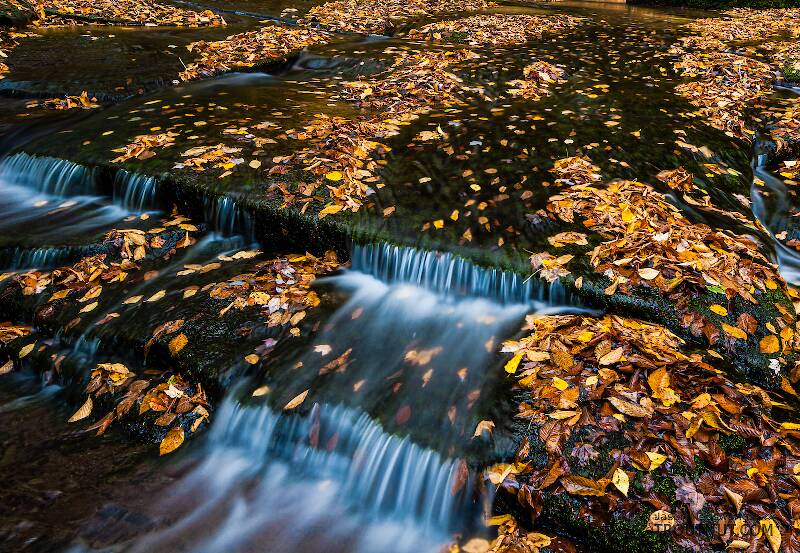
Hex Mayflies
Hexagenia limbata
The famous nocturnal Hex hatch of the Midwest (and a few other lucky locations) stirs to the surface mythically large brown trout that only touch streamers for the rest of the year.


Stonefly Species Sierracapnia shepardi (Little Snowflies)
Species Range
Physical description
Most physical descriptions on Troutnut are direct or slightly edited quotes from the original scientific sources describing or updating the species, although there may be errors in copying them to this website. Such descriptions aren't always definitive, because species often turn out to be more variable than the original describers observed. In some cases, only a single specimen was described! However, they are useful starting points.
Description from GBIFthe Global Biodiversity Information Facility
Source: Sierracapnia, A New Genus Of Capniidae (Plecoptera) From Western North America
Male. Tergum 7 knob wide and often divided into right and left lobes, knob width 29 - 32 % of segment 7 width (Figs. 17, 19). Epiproct in dorsal view with nearly uniform width along length, maximum width 17 - 25 % of epiproct length; maximum width occurs near mid epiproct; apex broadly rounded and with median posterior-projecting triangular lobe (Fig. 17 and see Fig. 19 in Nelson and Baumann 1987); dorsal membrane dark gray or black, sometimes lighter at tip. Epiproct in lateral view with pronounced reverse (S-shaped) curve, the dorsal surface concave in anterior half and convex in posterior half; ventral surface deeply curved; maximum depth 18 - 20 % of length; maximum depth occurs anterior of mid epiproct; neck narrow (Fig. 18). Epiproct dorsolateral horns closely appressed to main dorsal surface; horn length 14 - 18 % epiproct length; horn tips extend forward to 80 - 86 % of epiproct length (Figs. 18, 20; Table 1).
Female. Subgenital plate heavily sclerotized and dark; plate covers entire width of sternum 8 from its posterior to anterior edge; subgenital plate often with small lateral notches; sclerotization extends onto sternum 7 (Fig. 247, Nelson and Baumann 1989).
Start a Discussion of Sierracapnia shepardi
References
- Jacobus, L. M., Wiersema, N.A., and Webb, J.M. 2014. Identification of Far Northern and Western North American Mayfly Larvae (Insecta: Ephemeroptera), North of Mexico; Version 2. Joint Aquatic Science meeting, Portland, OR. Unpublished workshop manual. 1-176.
- Merritt R.W., Cummins, K.W., and Berg, M.B. 2019. An Introduction to the Aquatic Insects of North America (Fifth Edition). Kendall/Hunt Publishing Company.
Stonefly Species Sierracapnia shepardi (Little Snowflies)
Species Range
Common Names
Resources
- NatureServe
- Integrated Taxonomic Information System
- Global Biodiversity Information Facility
- Described by Nelson, C.R. & Baumann, R.W. (1987) New winter stoneflies of the genus Capnia with notes and an annotated checklist of the Capniidae of California (Plecoptera: Capniidae). Entomography 5, 485–521.

